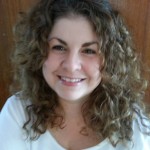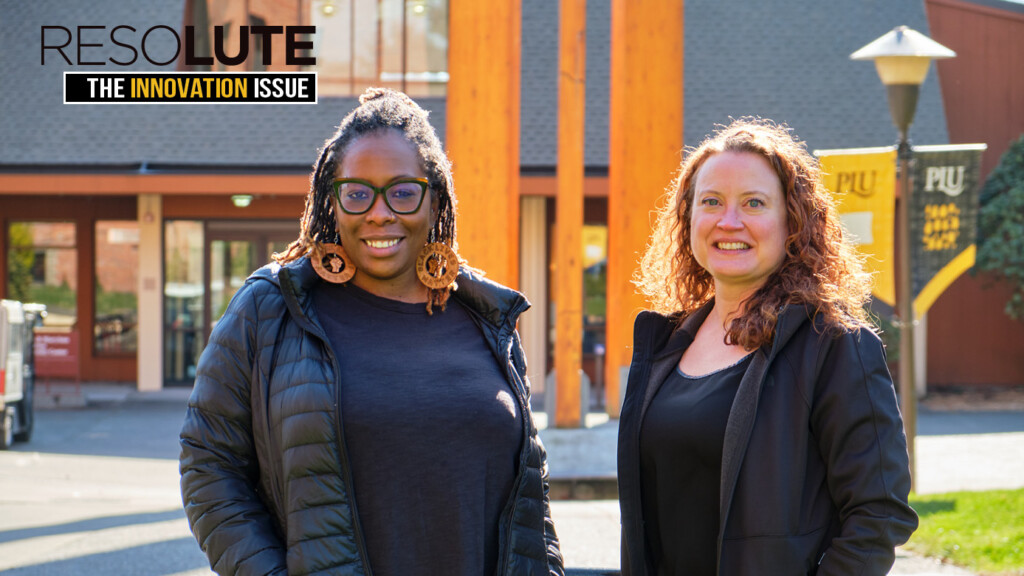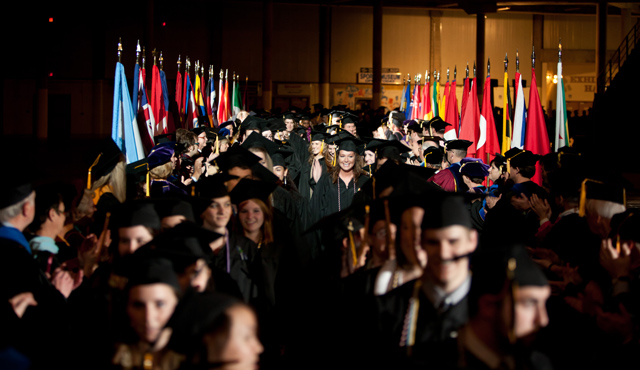Page 76 • (759 results in 0.225 seconds)
-
eradicating racism in the U.S. Armed Forces. My father had helped found the Army Community Service, which included many resources for combating racism and helping the Armed Forces become the first major American institution to desegregate.And my father, with my mother’s important help, founded the Defense Race Relations Institute to train professionals to deal with racism and bias. As a child, I remember protesters waving the Confederate flag and spitting invective at my parents and their coworkers. The
-
financial aid office came in on budget last year, achieved a clean audit, and now has transitioned all student lending to the Federal Direct Loan Program. At the same time, they, like our business office, have adjusted to operate under another new wave of government regulations. Student Services both supported countless students and families as they navigated the new economy and as they implemented new bill paying and transcript request programs to more effectively serve every student and family
-

write some Great American Novel. But I thought maybe writing a mystery might be a good challenge. And it was—too good! I have no skill for murder or deception. That was my first project, and I learned so much about how to spin along a plot and keep the reader interested. Mary Blew was such a great mentor that first year; she really treated me like an adult and helped me see how all these different writing conundrums I had were ultimately my problem and mine to fix. I wanted to do my very best work
-

ACTIONHere’s how the group grappled with how (and whether) equity work and thinking — conceived of as “diversity and inclusion” or “D&I” at PLU — might be considered innovative: Tyler: Well, let me start with this: I think the way that we in the American and Western paradigm understand D&I is through the lens of capitalism. We’re looking for something new, something lucrative, something about ownership and commodity and quotas that can be framed as something innovative, right? And because of that, I get a
-

American Association of University Women, I was one of the recipients of the National Conference on College Women Student Leaders (NCCWSL) National Scholarship and Travel Grant recipients in spring 2013. With this scholarship and grant, I traveled to Washington, D.C., to attend NCCWSL, where I learned to be more proactive and mindful in my diverse leadership roles. • After graduating from PLU in January 2014, I was given the opportunity by Jennifer Warwick to co-advise participants in the Empower
-

studying away in Trinidad and Tobago and Namibia, the opportunity to do undergraduate research and present at the American Academy of Religion national conference, and my year as a sojourner advocate in the Wang Center have all exposed me to a variety of new and exciting perspectives and experiences. Kristen Lee ’12 is from Edmonds, Wash. But it has been the relationships I have formed that I will carry throughout my life that have truly defined my PLU experience. What’s next? I will be volunteering in
-
scale layoffs, mandated furloughs, and cancelled searches across the landscape of American higher education. It also needs to be said that supporting one another in our work is not just an economic issue. Indeed, it is our shared mission, our sense of call and vocation, and our assurance that we, each of us, are valued and important that really matters when the market is up, and when it is down. By that “softer” standard, we are doing very well. Goal #3: Academic Excellence Our third goal is to
-

looking at history through visual documentation (paintings, posters, and newspaper advertisings) when researching The Battle of Chattanooga during the American Civil War my junior year and saw how children were depicted and remembered when battles were fought literally in their own backyards. This research was the catalyst that made me switch to Art History. I am continually drawn to the question on why and when children were depicted in art throughout times of conflict. Children have been perceived
-

closed conifer cones. Crossbills forage by biting between overlapping scales and laterally abducting the lower mandible, thereby prying the scale apart to expose the seed at the base. North American red crossbills are categorized into 10 call types that differ in body size, bill size and palate structure, and non-song vocalizations. The structure of the conifer cones on which each call type specializes is the agent of selection driving the evolution of bill and palate structure between the different
Do you have any feedback for us? If so, feel free to use our Feedback Form.


